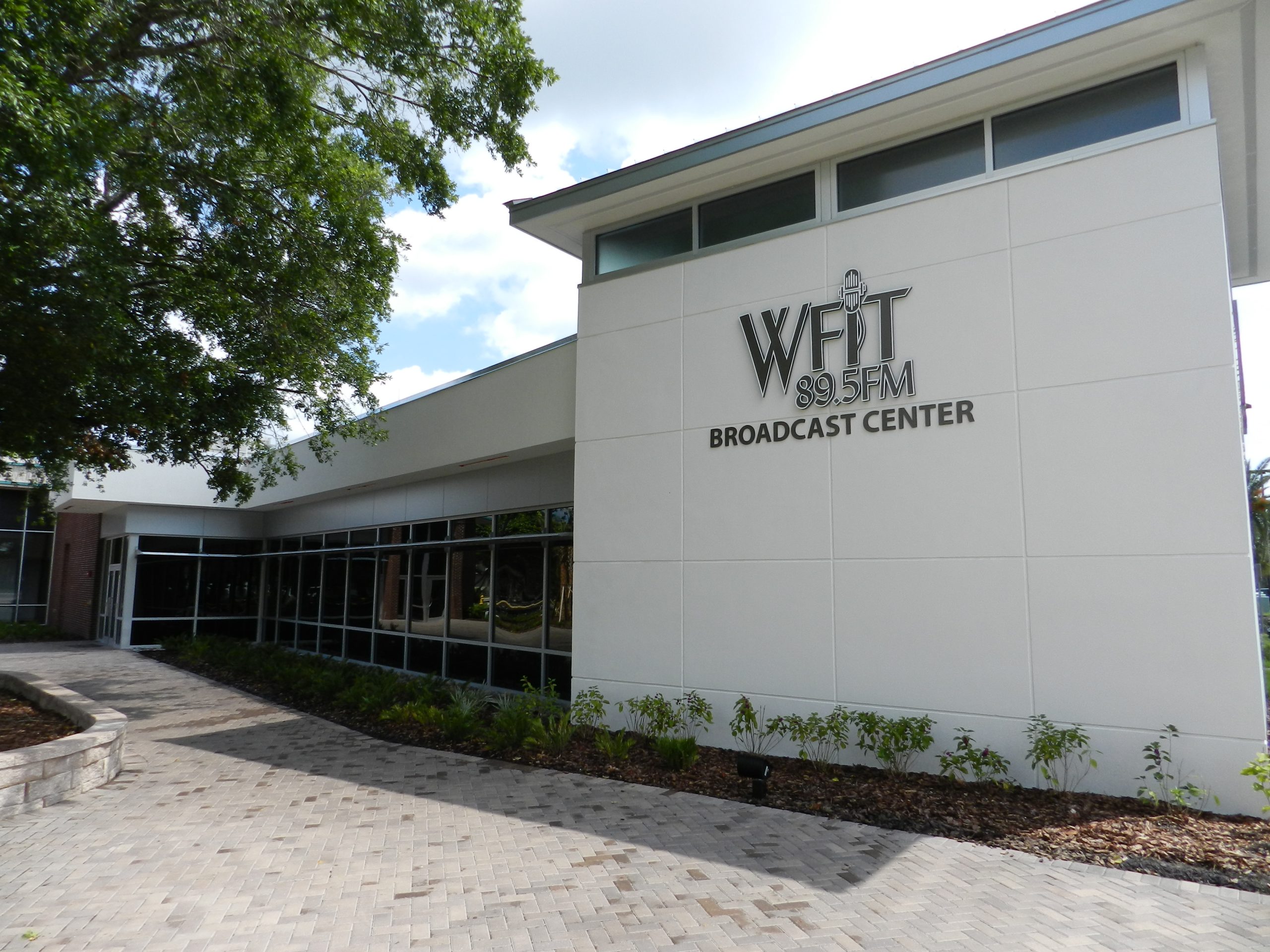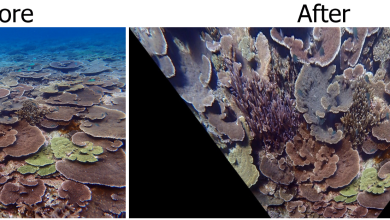Greening the Airwaves: WFIT’s Sustainable New Studio
As a senior in interdisciplinary science with a minor in sustainability, recent grad Gregg Legters ’12, along with construction management junior Colin Barbalace, worked on documenting the sustainable design features of the new WFIT studios. Gregg explains the highlights of the project below:
“A few students and I did some work identifying sustainable practices in the construction of the new WFIT studios, including identification of the Energy Star Profile credit opportunity, baseline scoping (Elizabeth Rose), and a boundary outline (Colin Barbalace.)
Here is a short list of concrete WFIT sustainability/green features:
- “Green” construction activity
- The site was leveled in such a way that storm water would not harm the nearby “jungle.”
- Dust screens and other air pollution practices were implemented to keep local air quality in check—meaning, employees and students breathed less hazardous construction dust and cars in nearby parking lots weren’t caked with construction dirt.
- “Green” materials
- Much of the torn down and excess materials were recycled.
- Most existing trees on the construction site were protected and still stand.
- Low VOC materials were used. Many building materials break down over time (like carpet) and are inhaled by the building occupants. Some compounds are famous for being carcinogens. Low VOC means WFIT will not have that problem.
- “Green” operation
- Low water-usage and efficient light fixtures are planned—meaning, less coal burned and lower utilities cost.
The celebration of level-headed “green”
There are a lot of flashy building projects that have gardens on the roof, buy carbon credits and generate their own power. While those buildings have inspiring features, the real heroes of America’s Green Building Infrastructure look a lot like the new WFIT studios. These projects are “right-sized” for their purpose, rather than over-consuming materials. They hit all the major efficiency points without emptying the coffers, are comfortable to be in, and are in a neighborhood near you. If you look at the socially and environmentally responsible practices that went into WFIT and then look at its budget, you realize a lot of thought and planning went into it.





